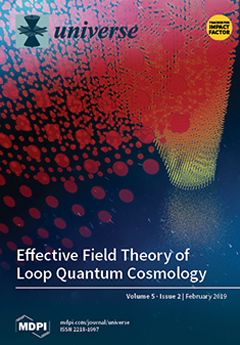Since 2010, the
Gerda experiment at Laboratori Nazionali del Gran Sasso (LNGS) operates searching for neutrinoless double beta decay (
) of
Ge to the ground and excited states of
Se.
is an ultra-rare process whose detection would directly establish the Majorana nature of the neutrino and provide a direct measurement of its mass. Since the apparatus upgrade in 2013–2015, the collaboration released the third update of the achieved results at the Neutrino 2018 Conference. The hardware upgrade and the fine tuning of the powerful analysis tools to reconstruct the event energy and to discriminate the background allowed the achievement of the energy resolution of 3 keV and 3.6 keV for Broad Energy Germanium (
BEGe) and Coaxial Germanium (
Coax) detectors, respectively, and an unprecedented low background index of 0.6 · 10
cts/(keV·kg·yr)
cts/(keV·kg·yr) in a 230 keV netto range centered at
in the exposure of 58.93 kg·yr. No evidence of the
decay is found at the
= 2039.1 keV, and the limit of 0.9 ·
yr on the half-life (
) at 90% C.L. is set. This corresponds to the limit range for the effective Majorana neutrino mass
of 110–260 meV. The
Gerda sensitivity in terms of background index, energy resolution and exposure is the best achieved so far in
Ge double beta decay experiments, the energy resolution and background in the Region Of Interest (ROI) allow
Gerda to operate in a background-free regime and to set a world record.
Full article





